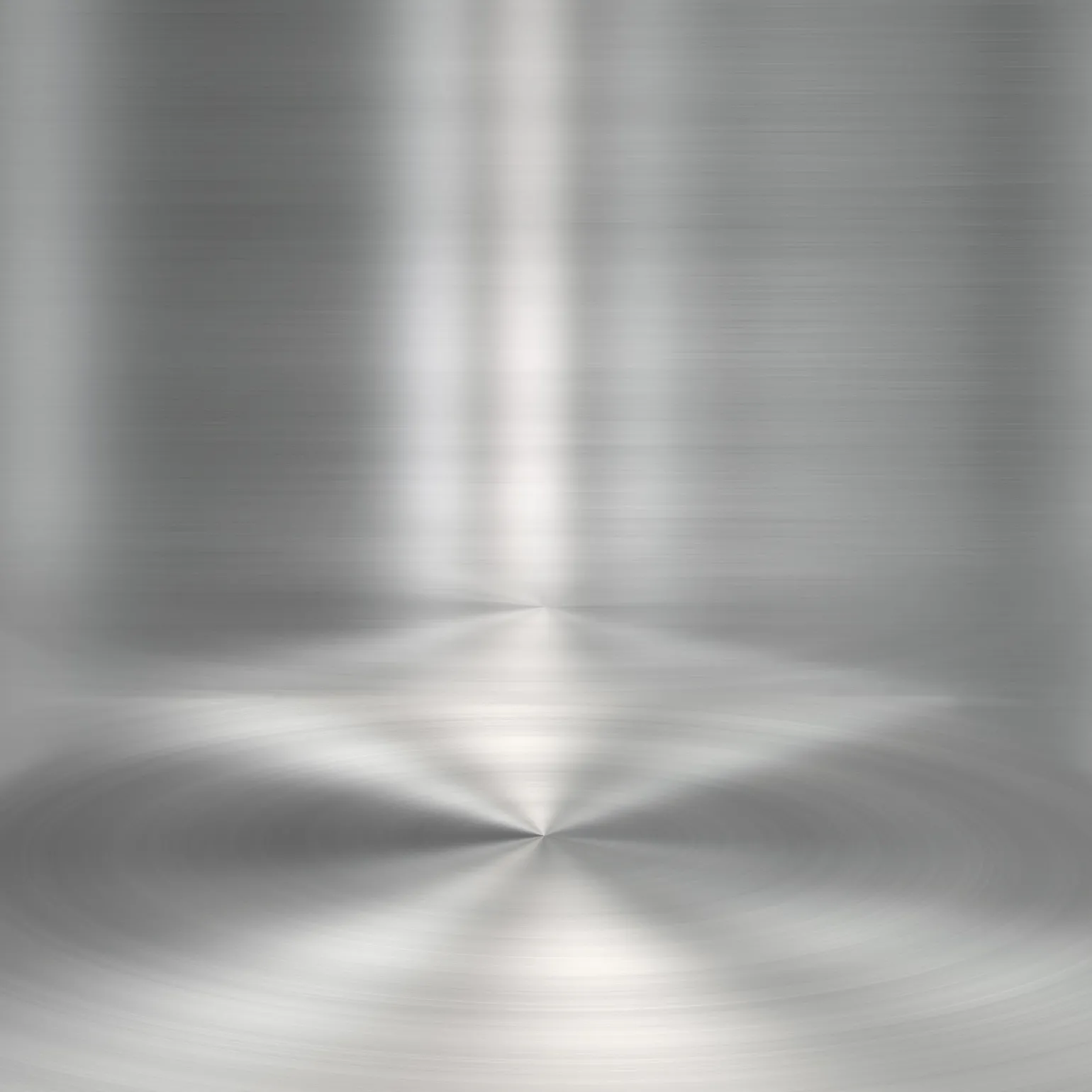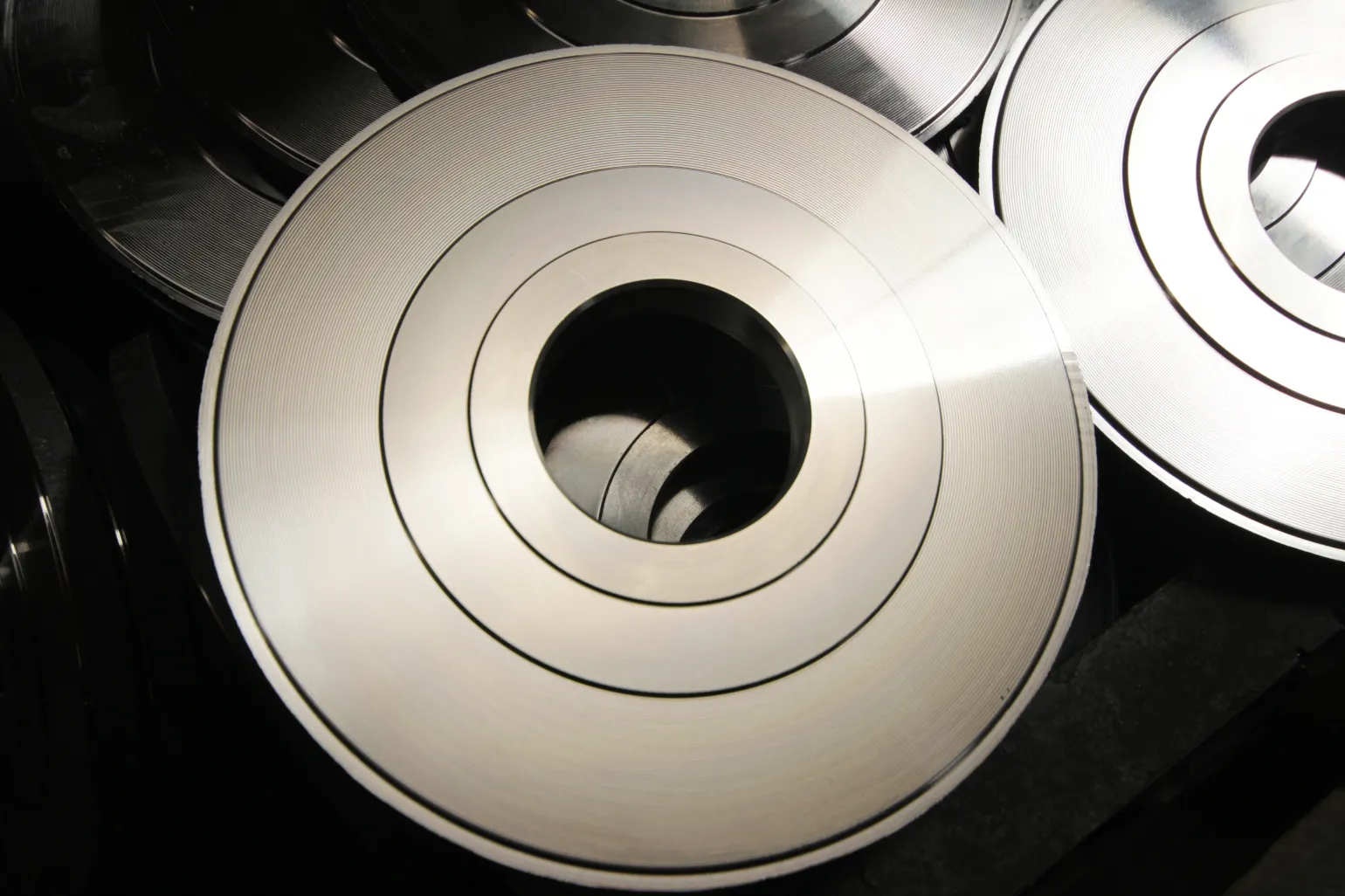A Closer Look at Stainless Steel Sustainability
Sustainability has become a serious concern in almost every sector, construction, and metal work among them. Thanks to stainless steel’s sustainability, this alloy is one of the best choices if you’re looking for a material that is corrosion-resistant, hardwearing, and fully recyclable.
Let’s take a closer look at what makes this metal a sustainability star and why you should buy quality stainless steel from Steel Plate & Sections.

Before tackling the question, “Is stainless steel sustainable,” let’s find out more about this alloy. Also known as inox, stainless steel is an alloy of iron, at least 10.5% chromium, and sometimes elements such as molybdenum, nickel, and nitrogen.
Stainless steel’s corrosion resistance is thanks to its unique composition. When exposed to oxygen, the chromium in stainless steel forms a thin (5 nanometres) electrochemically passive oxide layer on the surface of the alloy. This self-healing layer gives the alloy its corrosion-resistant properties. Other properties of stainless steel include a beautiful appearance, durability, easy fabrication and formability, heat resistance, high tensile strength, low maintenance requirements, and recyclability.
There are four distinct groups of stainless steel. These include:

It’s time to take a closer look at the question, “Is stainless steel sustainable?” The short answer is, yes, all groups of this alloy are sustainable. Stainless steel produced by more earth-friendly methods is known as green stainless steel.
There are several reasons why stainless steel is so environmentally friendly. The most important of these stainless steel sustainability factors are:
Yes, stainless steel is fully recyclable. The alloy can be recycled numerous times without losing any of its properties.
Stainless steel is more sustainable than plastic. The alloy can be recycled and reused indefinitely, and more than 80% of stainless steel products are recycled at the end of their lifespan. In contrast, approximately 9% of plastic items are recycled. Plastic is also less sustainable due to the energy-intensive production process and the associated greenhouse gas emissions.
Stainless steel and aluminium are similarly sustainable. Aluminium’s lighter weight, excellent corrosion resistance, low thermal conductivity, and 100% recyclability count in its favour as an eco-friendly choice.
Along with all the alloy’s other desirable properties, stainless steel’s sustainability makes it an ideal choice for an incredible range of applications. This popular alloy offers you strength, durability, and versatility at cost-effective prices while helping you to make the world a greener place. Find high quality stainless steel online at SPS.